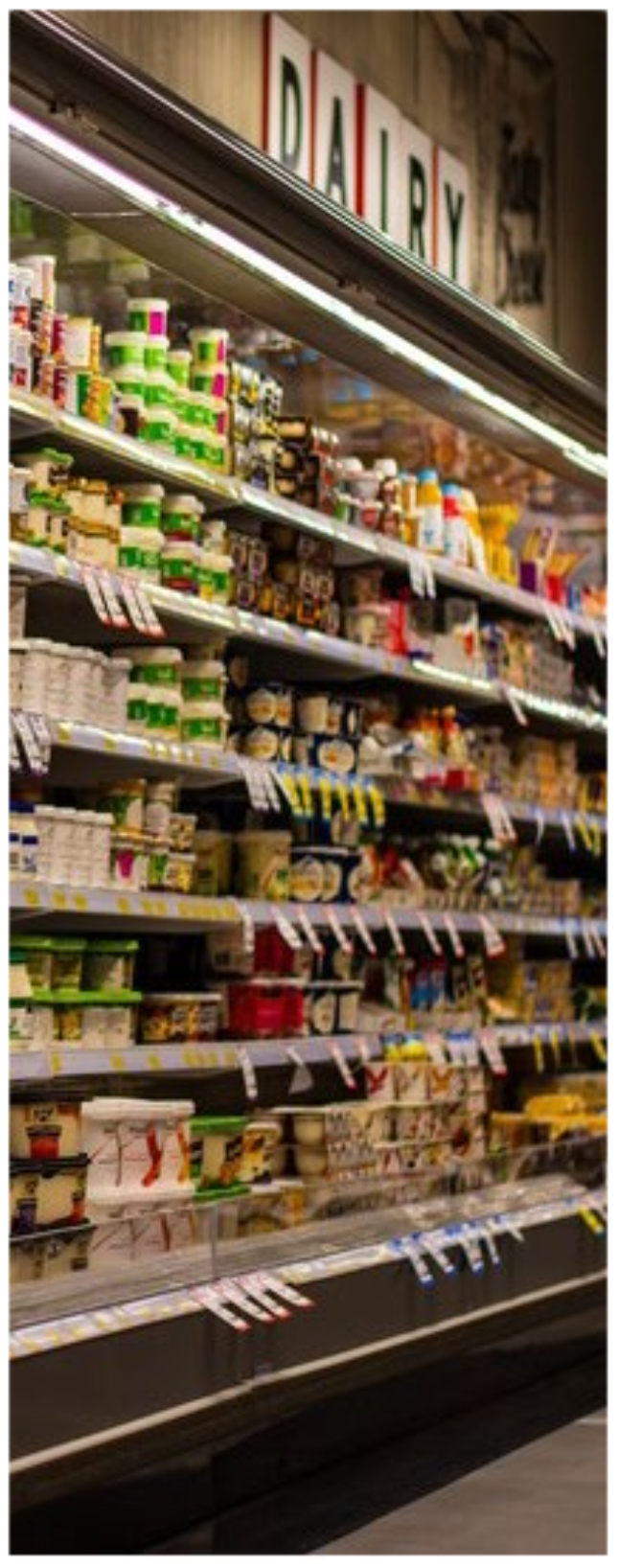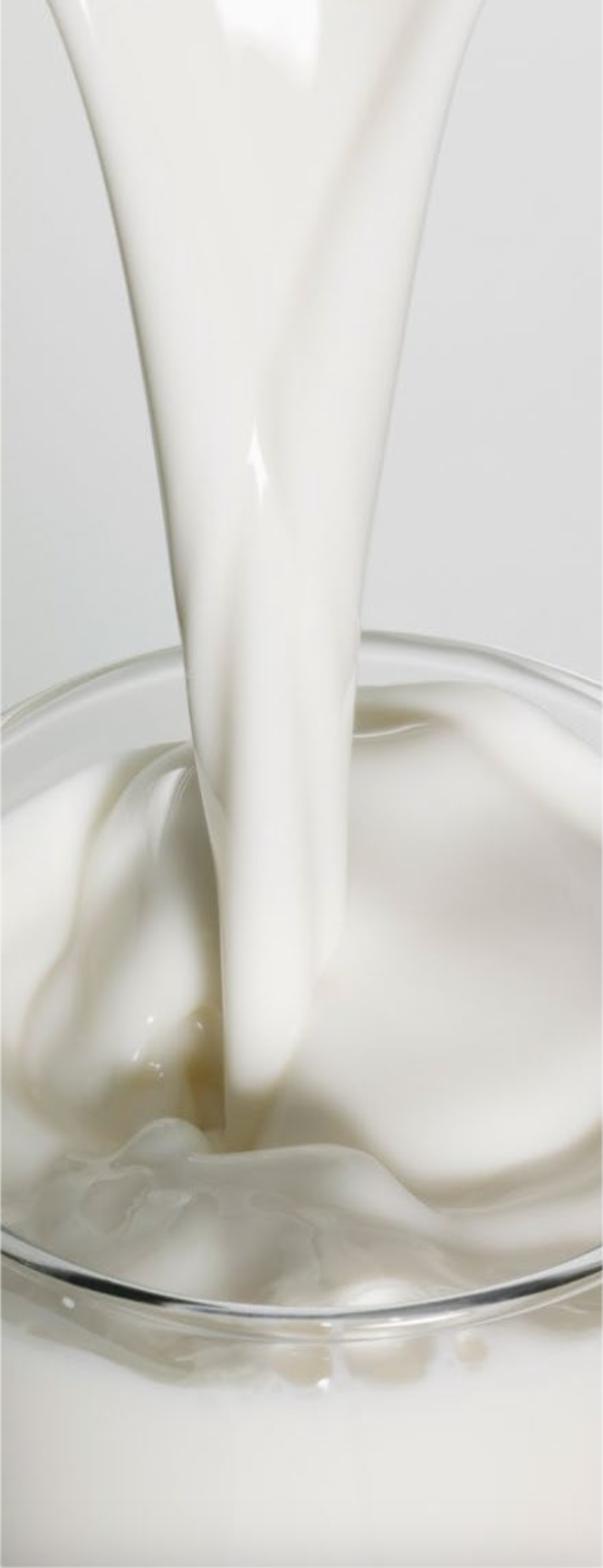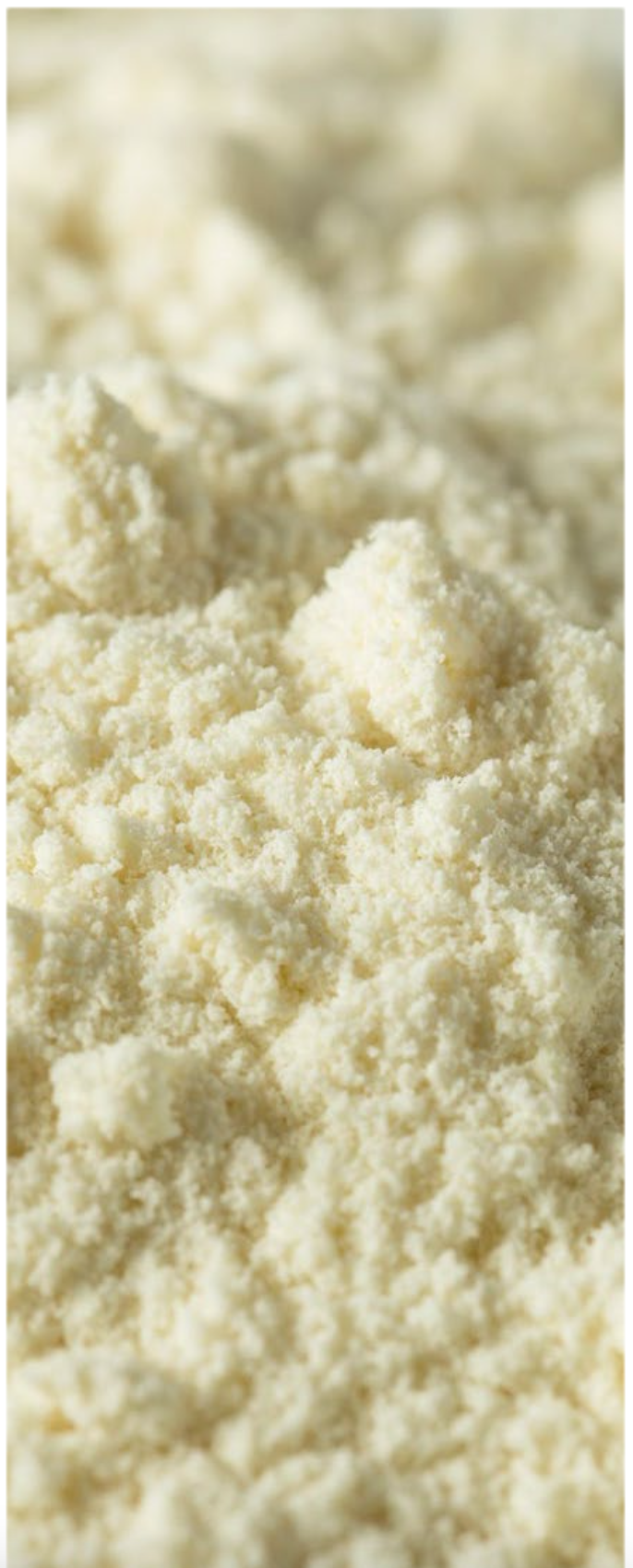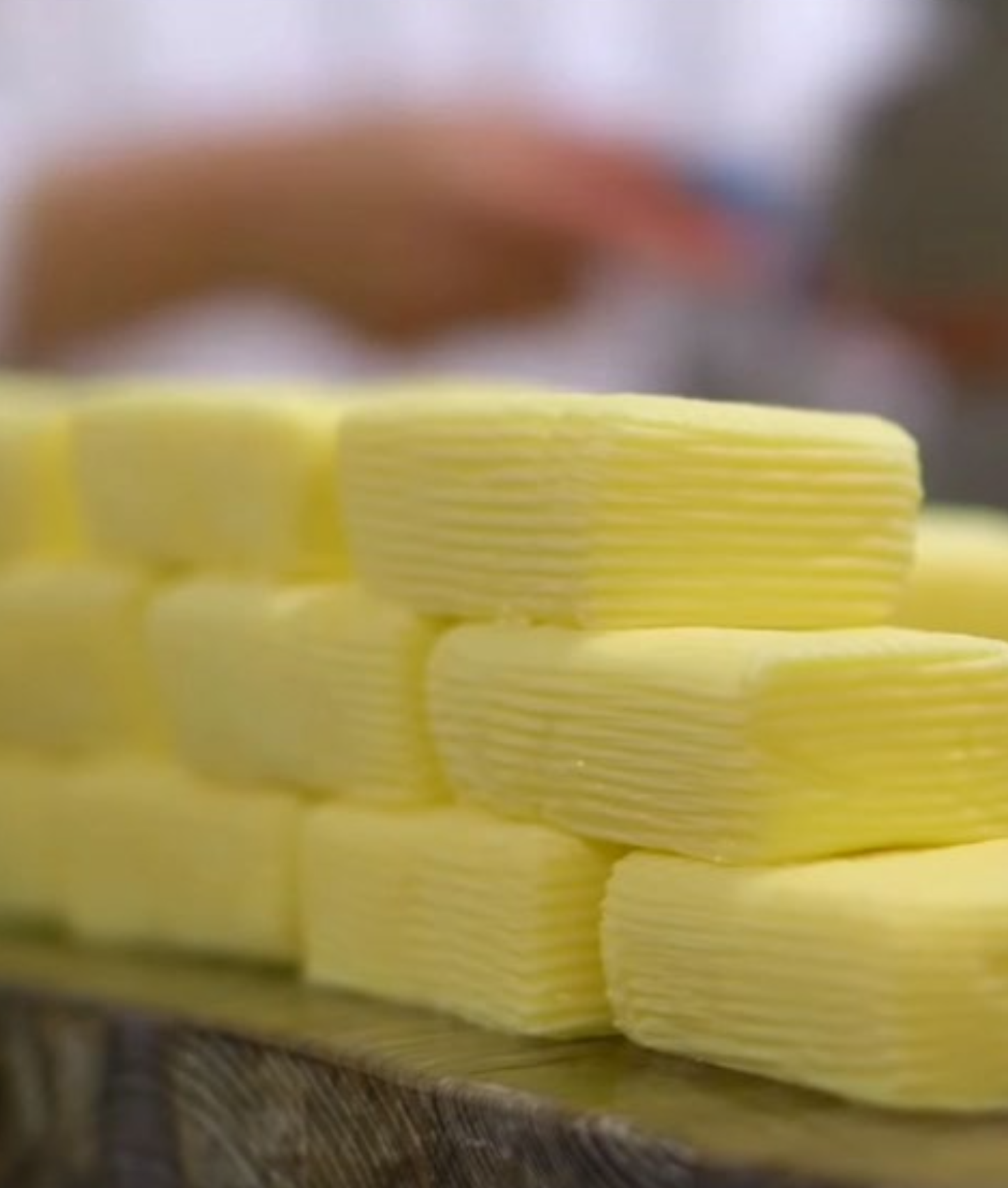European milk production continues a lower trend reflecting declining seasonal patterns. Inventories for many dairy products are relatively in good balance, creating a lot of anxiety within the industry. The market anticipates demand to be weak through the remainder of the year. However, there is also the expectation that milk intakes will also remain weak, leaving the question of which factor will create the most impact on market direction. The value of July and August dairy product sales increased compared to previous months due to higher prices. While the value of dairy product sales increased, July and August dairy product volumes decreased, as consumers bought fewer product units.
Eastern Europe: Milk production is seasonally trending lower in Eastern Europe. Some of the countries are ahead of last year’s YTD milk production levels with the exception of war-torn Ukraine. Preliminary estimates from within the country suggest that Ukrainian dairy has diminished by about 15%.
Australia: Australian milk production forecast indicates flat to moderate growth for the new production season, as milk collections posted a decrease to begin the new season, 2.7% lower compared to July a year ago. Dairy production in Australia has decreased every month in the 2021-2022 milk production period. Sources suggest that with continued low production and supply shortfalls expected in Australia, the competition between processors has picked up.
New Zealand: Rain-soaked pastures have accompanied New Zealand’s new milk production season, supporting declines in the available dairy commodities. In the North Island, very wet conditions occurred throughout July. Milk collections in the area are 3.5% below last season. In the South Island, rainfall has been heavy. Milk collections for August were 9.7% higher than the previous year. By all accounts, in August, New Zealand’s milk production dropped a massive 5.5%, on a volume basis, compared to the same period the previous year. As such, the New Zealand 2022-2023 milk production forecast now has been downsized from 0.4% to -2.2% compared to the last season.
South America: Milk production in the region is facing continued downward pressure. Operational costs remain an issue. Feed and grains have become more available, counteracting some of the recent and notable financial hurdles for producers. Argentina saw milk output numbers moving higher, year-over-year, Uruguay and Brazil saw outputs falling since the past quarter.



